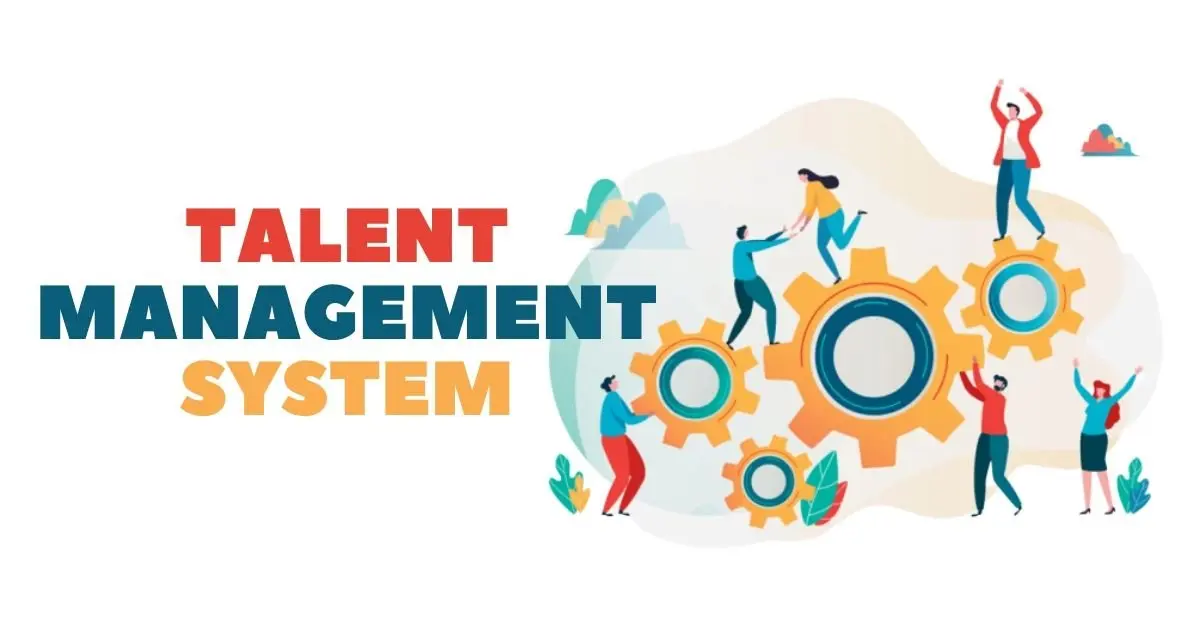A talent management system makes it virtually impossible to manage talent, at least in organizations of a certain size. Today’s talent management is more than just recruiting and candidate experience. This includes everything from attracting and developing the right people to motivating and, most importantly, keeping them.
It’s a huge challenge. This challenge will require all the support you can get from an organizational and technological perspective. This article will focus on the talent management system.
What is a Talent Management System (TMS)?
Talent management system is primarily used to hire, evaluate performance, develop, reward, and create company workforce succession plans. Talent management system provides companies with the tools to hire candidates with the right attitude, experience, and skills. It validates that they fit the vision and culture of the company. It allows those employed to grow and learn throughout their career. Also, it aligns job performance goals with company performance goals. This can also help identify the motivations of each employee to remain with the company.
Model of Talent Management System
Although no standard talent management model exists, most HR professionals will use this 5-step model.
1. Planning
Planning involves setting clear goals and objectives to increase employee productivity and your company’s success. Planning correctly will allow you to find individuals with the appropriate skills and experience to fill a vacant position within your organization. Planning will help you identify what works for your business and needs to be changed. For example, certain employees tend to remain in your company for a long; you may want to hire more like them.
2. Attracting
The search for new employees should only sometimes based on when an employee leaves your organization. Employees can take on new roles within your organization. Talent management ensures that your organization has enough people to run your business. It helps to avoid giving your employees a heavy workload that could demotivate them.
Talent management software helps your company attract the best people for your business. TMS helps your business to be seen as a great place to work by the public. Your business becomes more approachable when you increase your company’s visibility.
3. Develop
You should build up your employees within your own company. It is important to understand the strengths and weaknesses of your employees. Knowing your employee’s strengths can help you determine the best role for your staff to play in your company’s success.
It is important to offer value to your staff. Talent management software can identify what motivates and excites most of your staff. This information will help you to know how to inspire and energize your team. It also gives your new employees an excellent impression of your company.
4. Retaining
Talent management also aims to retain employees in your business long term. Your employees must feel like your company is a fun place to work. This is achieved by using management and compensation strategies.
5. Transitioning
An employer who is prepared for the transition of his employees will be a good employer. During this phase, you should retain their knowledge of the company. You must have a strategy to promote your employees, give them new responsibilities, or transfer them to another office or department.
Benefits of Talent Management System
Talent Management Systems (TMS) offer multiple benefits to organizations of all sizes. Explore some of the main advantages:
· Implement Leadership Development and Succession Plans
Talent management helps to identify high-potential workers and prepare them for future leadership positions. Succession planning can help organizations eliminate the risks of key personnel leaving and ensure a smooth leadership transition. It can also be used to develop a talent pipeline.
· Streamlined Talent Acquiring
The recruitment process with a TMS is possible by automating tasks like job posting, candidate screening, and interview scheduling. It helps to streamline the hiring process and reduce administrative tasks. This allows organizations to attract and select top talent faster.
· Increased Employee engagement and retention
Talent Management Software offers mechanisms for communication, rewards, and recognition. This creates a positive working environment, increases employee engagement, and increases job satisfaction.
· Boost Employee Development
Talent Management Platforms allow companies to identify skills gaps and provide targeted training and development to their employees. Companies can retain and encourage employees to grow by creating personalized development plans.
· Enhanced Performance Management
The system includes tools for assessing performance and setting goals. It helps to align employee goals with organizational objectives, track progress efficiently, provide feedback in a timely fashion, and conduct performance evaluations.Organizations can increase employee productivity by setting clear expectations and providing regular feedback.
· Improved Employee Experience
A talent management system is not just meant to make the lives of HR professionals easier. It’s also intended to improve the employee experience.
A Talent Management System is a valuable tool for employees. They can access information about their past, current performance, and future careers. Employees can go to one place to get all the necessary information instead of searching through multiple systems. You can use your talent management system to onboard new employees so they can become familiar with it from the first day.
Employee onboarding can include various options, such as welcome videos, virtual office tours, a summary of mandatory training, or even the option to select their work phone and equipment.
Conclusion
Every organization should consider its specific needs and goals. They must also look for a talent management solution aligned with their strategic goals and offers functionalities essential to effective talent management. These include performance tracking and management, learning, development, and employee engagement.

